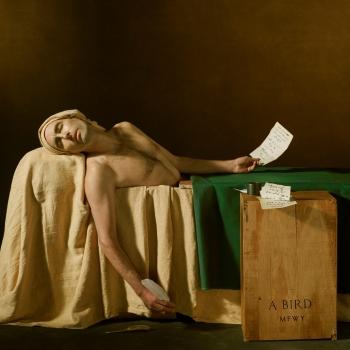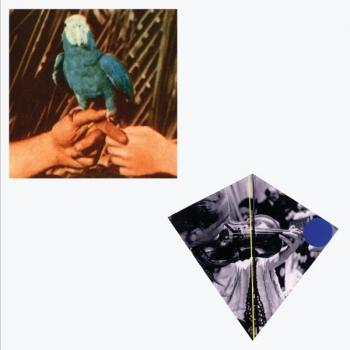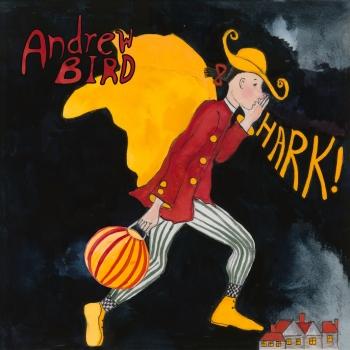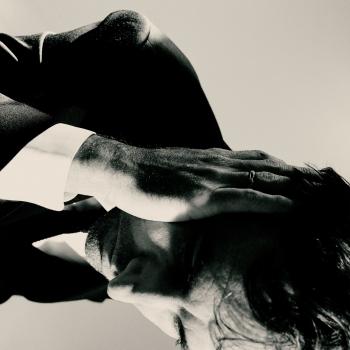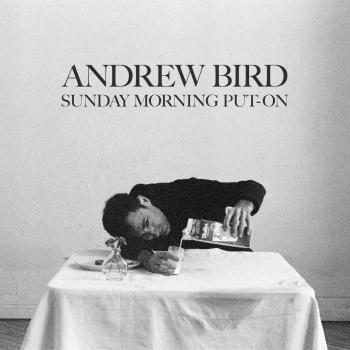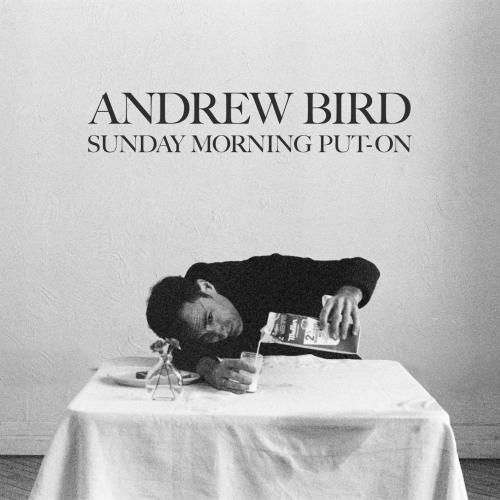
Sunday Morning Put-On Andrew Bird
Album info
Album-Release:
2024
HRA-Release:
24.05.2024
Album including Album cover
I`m sorry!
Dear HIGHRESAUDIO Visitor,
due to territorial constraints and also different releases dates in each country you currently can`t purchase this album. We are updating our release dates twice a week. So, please feel free to check from time-to-time, if the album is available for your country.
We suggest, that you bookmark the album and use our Short List function.
Thank you for your understanding and patience.
Yours sincerely, HIGHRESAUDIO
- 1 I Didn’t Know What Time It Was 03:08
- 2 Caravan 04:30
- 3 I Fall in Love Too Easily 03:55
- 4 You’d Be So Nice to Come Home To 02:43
- 5 My Ideal 04:22
- 6 Django 03:26
- 7 I Cover the Waterfront 04:50
- 8 Softly, as in a Morning Sunrise 04:10
- 9 I’ve Grown Accustomed to Her Face 01:45
- 10 Ballon de peut-être 09:18
Info for Sunday Morning Put-On
On his latest album, Sunday Morning Put-On, Andrew Bird invites listeners on a journey through the Great American Songbook, offering his unique interpretation of timeless classics. Renowned for his mastery as a musician, songwriter, and vocalist, Bird trades saxophones for soulful violin solos, breathing new life into standards by Rodgers & Hart, Duke Ellington, Cole Porter, Lerner & Loewe, and more.
"In the realm of jazz, we find some of the most transcendent moments in musical history," Bird reflects. "Once I had gained some distance from the era that initially captivated me, I felt compelled to immerse myself in it once more."
Indeed, Sunday Morning Put-On has been brewing within Bird for nearly three decades, a culmination of his artistic evolution that has seen him earn Grammy nominations, carve a niche in indie rock and folk, grace the screens of prestige dramas, compose for Judd Apatow films, and collaborate with a diverse array of artists from Phoebe Bridgers and Fiona Apple to Esperanza Spalding and the Muppets.
While Bird's music has always been a reflection of the contemporary zeitgeist, his new album finds him journeying back to the formative years in his 20s. Nestled in an old apartment-hotel in Chicago's Edgewater neighborhood, Bird found solace in the strains of late-night radio broadcasts featuring rare 78s of blues, jazz, and gospel. Those nocturnal reveries and morning awakenings have indelibly shaped Bird's musical ethos, both consciously and subliminally, and now, with Ted Poor on drums and Alan Hampton on bass, along with guitarist Jeff Parker and pianist Larry Goldings, he transcends mere nostalgia to push the boundaries of his improvisational prowess.
The synergy between Bird's voice and strings creates an ethereal blend reminiscent of a reed instrument, captured in its raw essence at southern California's legendary Valentine Studios, where the echoes of Bing Crosby, Burl Ives, and the Beach Boys still resonate. The depth of longing in Bird's vocals reaches new heights, offering a clarity of emotion that will resonate profoundly with listeners.
Produced by Andrew Bird and recorded completely live in southern California's legendary Valentine Studios (Bing Crosby, Burl Ives, Beach Boys), Sunday Morning Put-On also features guitar from Jeff Parker and piano from Larry Goldings. But it is Andrew Bird's voice and violin that reach new levels of depth, as he pushes himself further than ever as an improviser – particularly on the closing number and sole original, "Ballon de Peut-etre." Across the album, through the interplay of his bow, strings, and the breaths of air flowing through his vocal cords, he mimics the phrasing and tone of a reed instrument. Playing his violin like a horn and singing much more than he expected, he hones a virtuosity that was always present on his previous records, but rises prominently to the forefront with added layers of prowess and longing.
Andrew Bird, violin, vocals
Alan Hampton, double bass
Ted Poor, drums, percussion
Additional musicians:
Jeff Parker, guitar
Larry Goldings, piano
Andrew Bird
There are two types of problems in this world: outside problems and inside problems. In titling his latest album Inside Problems, Andrew Bird acknowledges the various detritus swirling around the inside. These songs are the result of snatching ideas from obsessive middle-of-the-night thoughts, organizing them, and projecting them out across the threshold to the outside. Inside Problems chronicles that moment of realization, when the inside can no longer hold us, so we move outside that brittle bubble, and we are caught for a moment in the in-between.
Over the course of his two-and-a-half decade career, Andrew Bird has always had grand ambitions for what music can be, but his method has sharpened over the years. On albums like 2012’s Break It Yourself, which cracked the Billboard top 10, he explores themes of autonomy, and how our choices ricochet throughout our lives. My Finest Work Yet, from 2020, received a GRAMMY nomination and found Bird touching on political themes through this same lens. Inside Problem’s lead track “Atomized” finds Bird wondering, “Here’s what I say to them, ‘What is your point?’/ Is each of us an island or more like Finland?” It’s a line that’s been bouncing around his head since he began writing music. “I can't tell you how many times I've written something to the effect, ‘is each of us an island or are we more like Finland?’ I've tried to say that same thing in about fifteen different ways over the years,” he says with a chuckle. It’s a testament to Bird’s maturity and accomplishments as an artist that with confidence he now simply says it.
Focusing on the “inside” allows Bird’s new music to reflect the questions that keep him up at night, and, as is more often the case, the ones that stir him from bed and keep him from returning to slumber. On Inside Problems, these ideas come to life, the songs veering from technicolor brilliance to high contrast black-and-white, and back again. As he explains it, he just seemed to stumble upon the ‘spaces in between’ in everything he did. “Crossing a threshold is as simple as going from indoors to outdoors of a house,” he explains. “I'm interested in that period of time when you're neither here nor there. There’s an unexplainable lack of clarity to it that still haunts me, that threshold between being in one place and another.”
Inside Problems is about that chance you stumble upon, and this is reflected in the album’s live spirit. Bird wanted to record the album live so he could intimately interact with his fellow musicians. So much of Bird’s music has always been about the process, because once the songs are released, his decisions are final. Spontaneity and deliberation are thus not opposites. “With my ethos and what I like to hear in other recordings, the exciting thing to me is when I hear a risk involved. It’s really important to make an album that I get excited about while listening.” That urgency is reflected on a song like “Fixed Positions,” in which he sings, “Stay here long enough you know we’ll always be this way/ And when you’re screwing up your face won’t it always stay that way?” The album looks at the radical fight against stasis, the reminder to keep on chasing what is good in this life. Bird captures the moment this realization spurs action on Inside Problems.
Bird’s career has been defined by a relentless pursuit of salvaging perfection from spontaneous decisions. “I have so much fun taking my ideas apart before they really have defined themselves as distinct songs, when they’re still in that amoeba-like state,” Bird reflects. “I love the feeling of chasing ideas and having them split off and go hang out with another idea and then budding them up against each other to see if they talk to each other.” These are the instances, the decisions within decisions, that keep Andrew Bird wrestling with music.
On Inside Problems, Bird declares that he’s still searching for this truth, but the question remains the same: Who are we in the moments in between?
This album contains no booklet.










